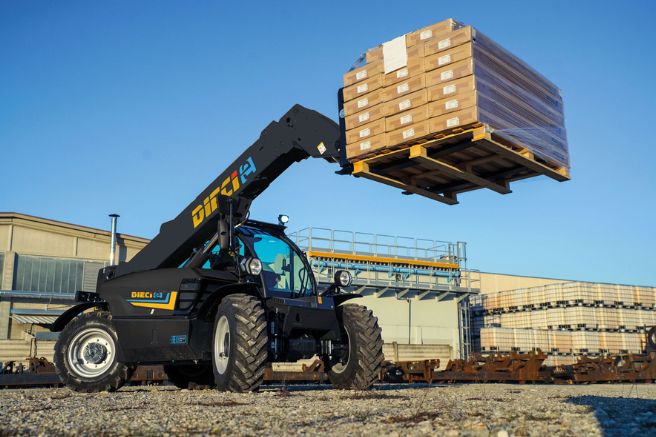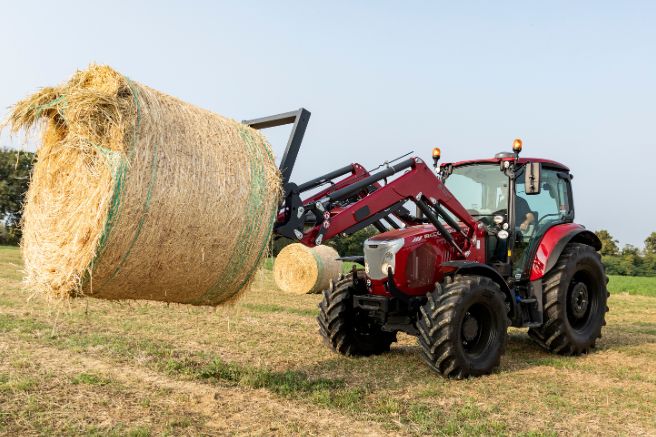The four-cylinder, five-liter “Dx5” series units from Hyundai Infracore made their debut at Eima, and therefore in the agricultural mechanization segment. A new entry that reconfirms the growth trend in the power supplied by the 4-cylinder engines used in the tractor sector and which aligns the Korean company with the proposals already in place by Agco Power, Kubota and Volvo Penta
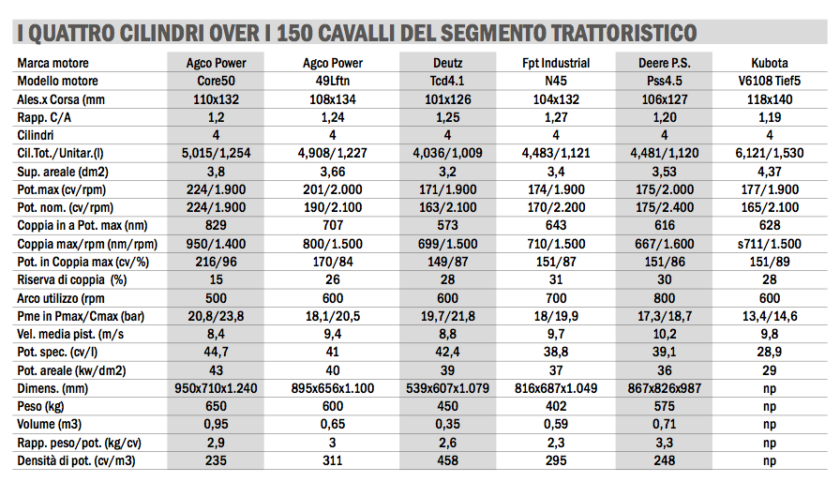
One of the most intriguing developments in the engine sector at EIMA was the unveiling of Hyundai Infracore’s new four- and six-cylinder engines, covering a power range between 200 and 350 horsepower. This confirms the transformation the agricultural mechanization segment, particularly the tractor sector, is undergoing regarding the technical characteristics of the engines in use. This is especially true for four-cylinder engines, where Hyundai Infracore has introduced its new “Dx5,” following Agco Power’s “Core 50” as the second unit to enter the market within a few months. Both engines break away from the status quo that prevailed until a few years ago in the mid-to-high power machine segment.
The trailblazer was Agco Power
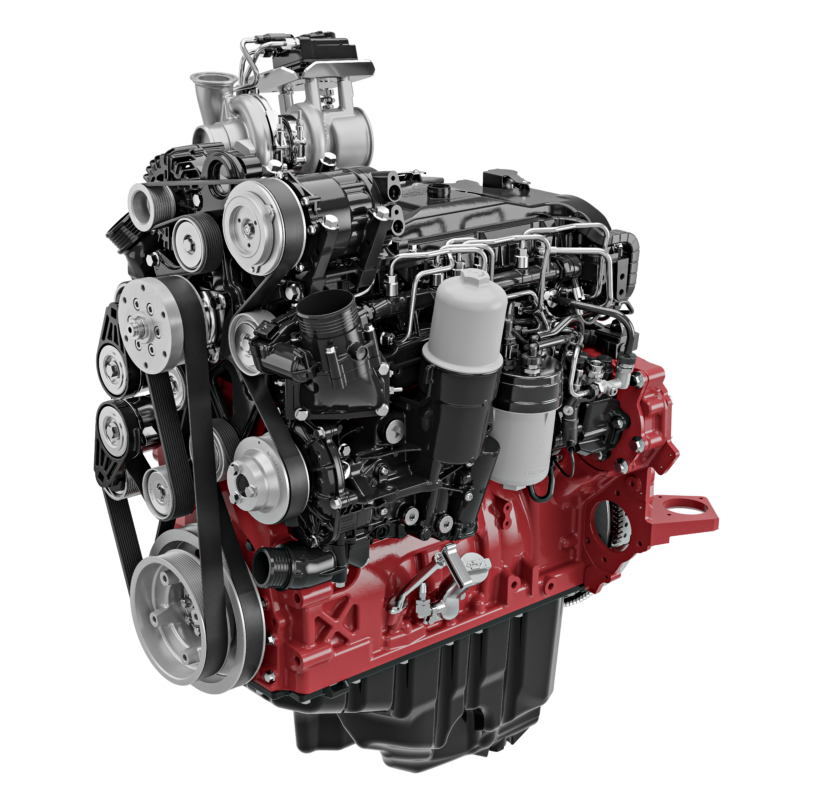
Traditionally, four-cylinder engines in this segment had power outputs that rarely exceeded 130 kilowatts (about 175 horsepower), with unit displacements slightly above one liter and total displacements around 4.5 liters. Engines such as FPT Industrial’s “Nef,” Deutz’s “Tcd,” and John Deere’s “Powrtech” reinforced this trend. Above 175 horsepower, most tractor manufacturers opted for larger, multi-cylinder engines, typically moving to six-cylinder units. This preference stemmed from the fact that power increases with the cubic root of the square of displacement, making it advantageous to keep unit displacements limited without compromising overall efficiency.
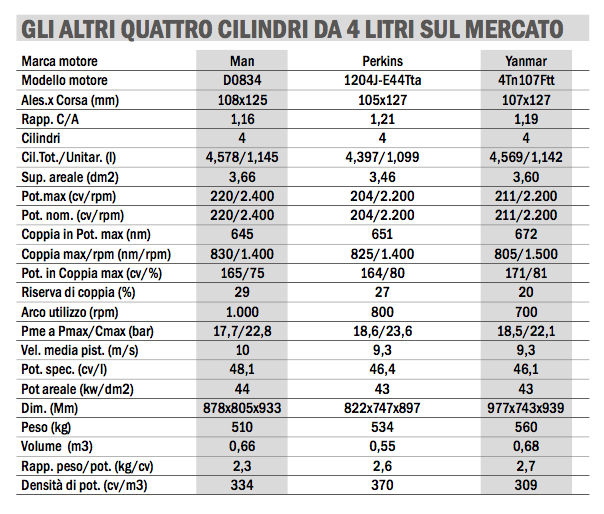
An increasingly consolidated trend
There were few exceptions, including Agco Power’s “49 LFTN-D5” and Kubota’s “V6108” engines. The former featured bore and stroke dimensions of 108 mm by 134 mm, bringing total displacement close to five liters and offering a peak power of nearly 150 kilowatts (200 horsepower). Meanwhile, the “V6108” exceeded 1.5 liters of unit displacement, with bore and stroke measurements of 118 mm by 140 mm, reaching a total displacement of 6.121 liters. However, despite their potential, the “V6108” engines typically delivered lower-than-expected power outputs, topping out at 130 kilowatts (177 horsepower) with torque levels around 700 newton-meters.
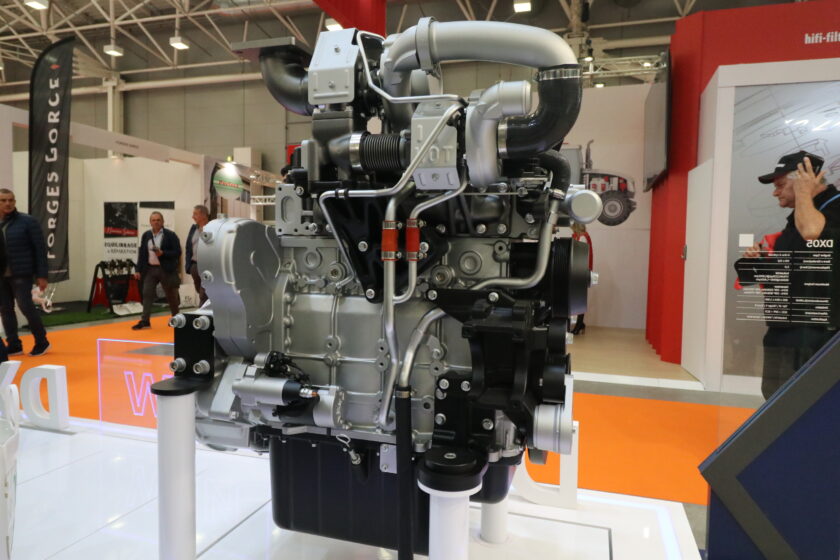
Higher power thresholds
Today, the power thresholds for four-cylinder engines have risen significantly, thanks to technological advancements that have made them both more powerful and more environmentally friendly. In recent years, several manufacturers have introduced four-cylinder engines exceeding 200 horsepower while keeping unit displacements within a limited range of just over one liter. This has often been achieved through advanced turbocharging systems, such as twin-stage turbochargers, although these applications were traditionally outside the tractor segment.
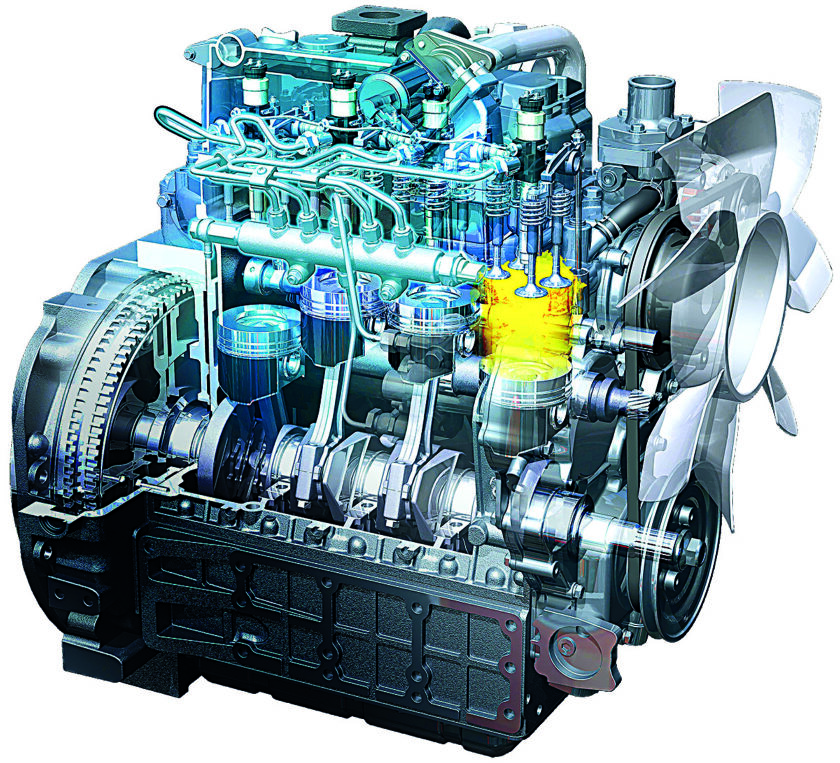
For example, in 2018, Yanmar introduced the four-cylinder “4TN107FTT,” which raised the maximum power output for its four-cylinder engines to 211 horsepower at 2,200 rpm with 805 newton-meters of torque. This was achieved with a displacement of 4.569 liters, using bore and stroke dimensions of 107 mm by 127 mm. Similarly, Perkins’ “1204J-E44TTA” offers a maximum power output of 150 kilowatts (204 horsepower) from a displacement of just 4.397 liters, thanks to a twin-stage turbocharger that also pushes peak torque to 825 newton-meters at 1,400 rpm.
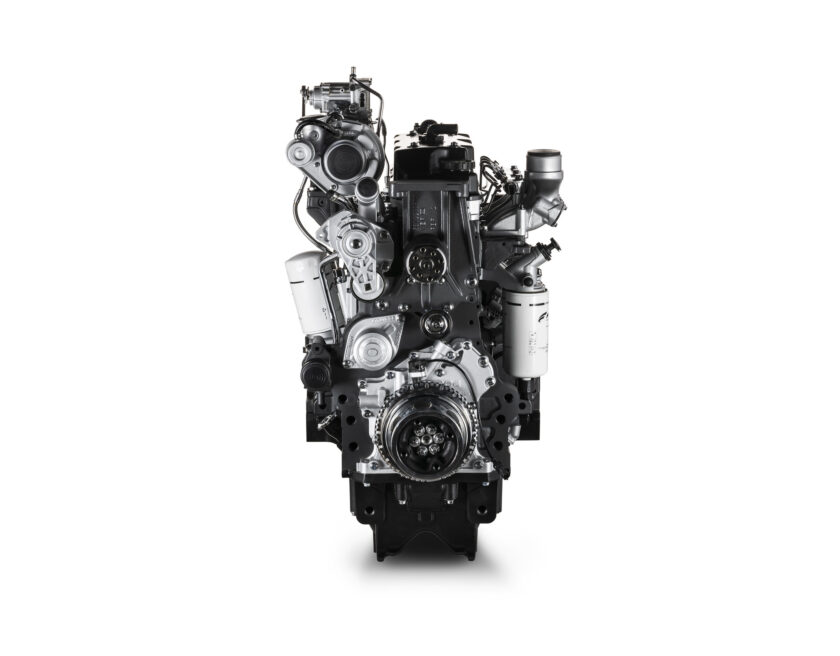
4 cylinder engines, the five-litre threshold has been exceeded
Within the tractor segment, however, Agco Power reshuffled the deck with the mid-2024 launch of its “Core50” engines, featured in Fendt’s 600 Vario series tractors. These engines pushed four-cylinder displacement beyond five liters (5.015 liters, to be precise) using bore and stroke dimensions of 110 mm by 132 mm, with a unit displacement of 1.254 liters and a bore-to-stroke ratio of 1.20.
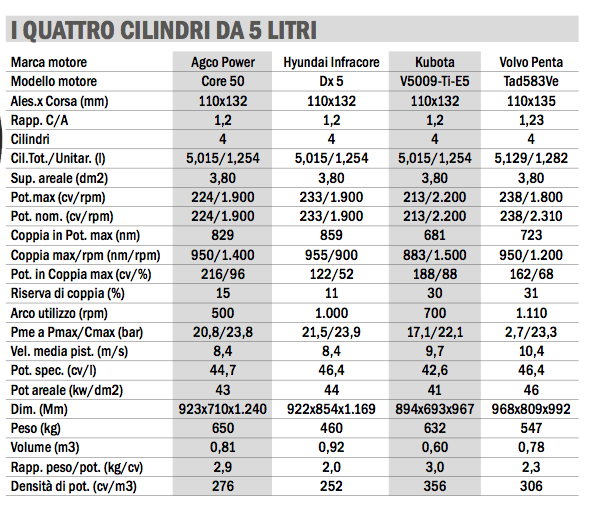
These characteristics allowed Agco Power to deliver superior performance tailored specifically for tractor applications. Notable features included an extremely flat torque curve, with a peak torque of 950 newton-meters available from 1,400 rpm and sustained up to 1,600 rpm. The power curve also displayed a linear profile, reaching a maximum of 224 horsepower from 1,700 rpm and holding steady until nearly the nominal speed of 1,900 rpm. This results in a relatively low elasticity on paper, with a 15% torque reserve and a 500-rpm operating range. However, the engine’s design focuses on optimizing continuous variable transmissions (CVTs) in Fendt tractors, enabling them to operate with minimal fuel consumption.
At the top with 45 horsepower/litre
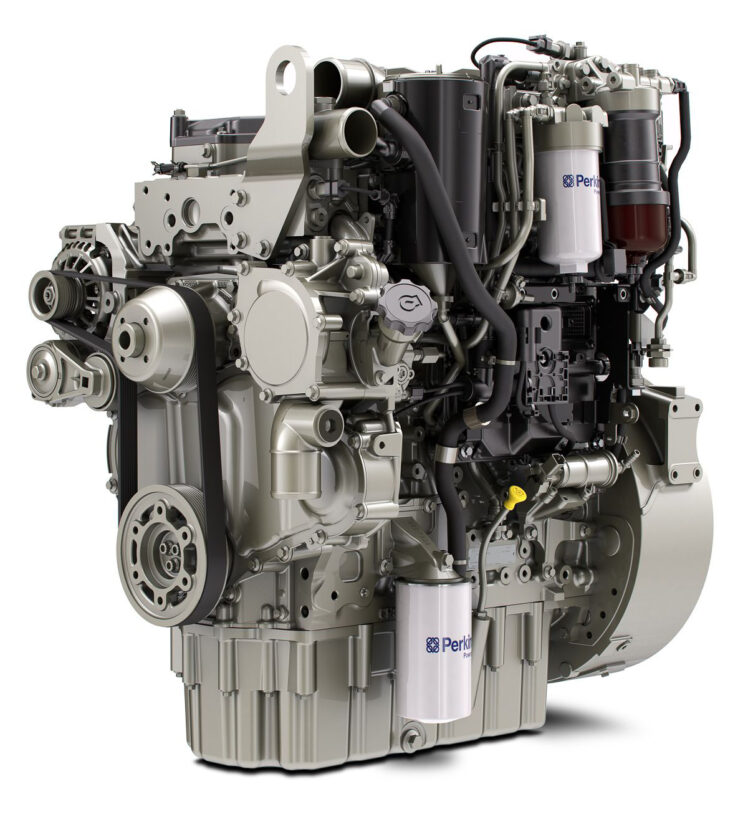
The “Core50” also boasts the highest effective mean pressure in its segment (nearly 24 bar at peak torque), an area power density exceeding 43 kilowatts per decimeter cubed, and a top-tier specific power rating of 45 horsepower per liter.
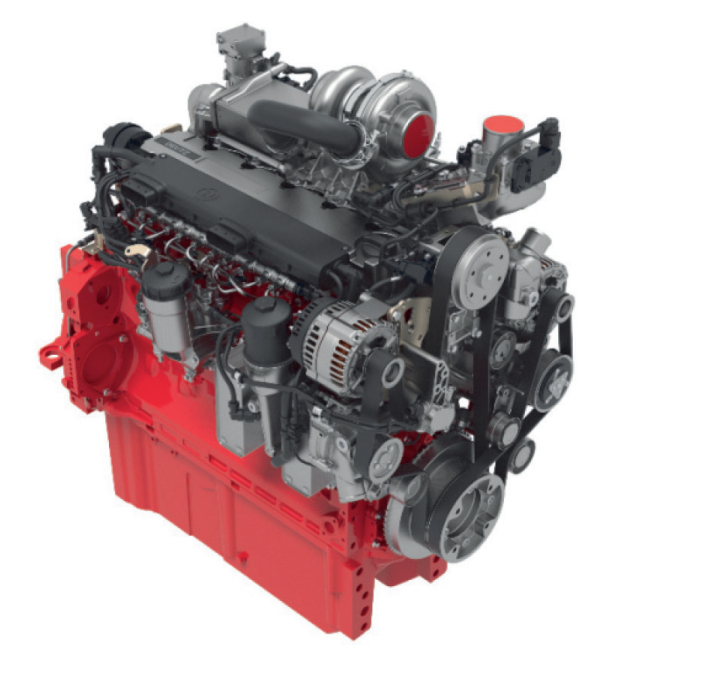
Just months after the “Core50” launch, Hyundai Infracore has entered the fray with its own five-liter engine, the “Dx5,” delivering performance on par with Agco Power’s offering. The “Dx5” closely mirrors the “Core50” in cylinder bore and stroke dimensions, and its performance figures are similarly aligned. Although official specifications have yet to be fully validated, the “Dx5” is expected to produce a maximum power output of 171 kilowatts (232 horsepower) at 1,900 rpm—just slightly above the “Core50.”
Continuous evolution
The two engines also share nearly identical torque figures, with the “Dx5” reaching 955 newton-meters, albeit at a different speed range (900 to 1,400 rpm compared to the “Core50’s” 1,400 to 1,600 rpm).
The most notable differences between the two engines lie in their turbocharging systems. Hyundai equips its “Dx5” with a twin-stage turbocharger and a wastegate valve, whereas Agco Power opts for a single-stage turbocharger with a wastegate.
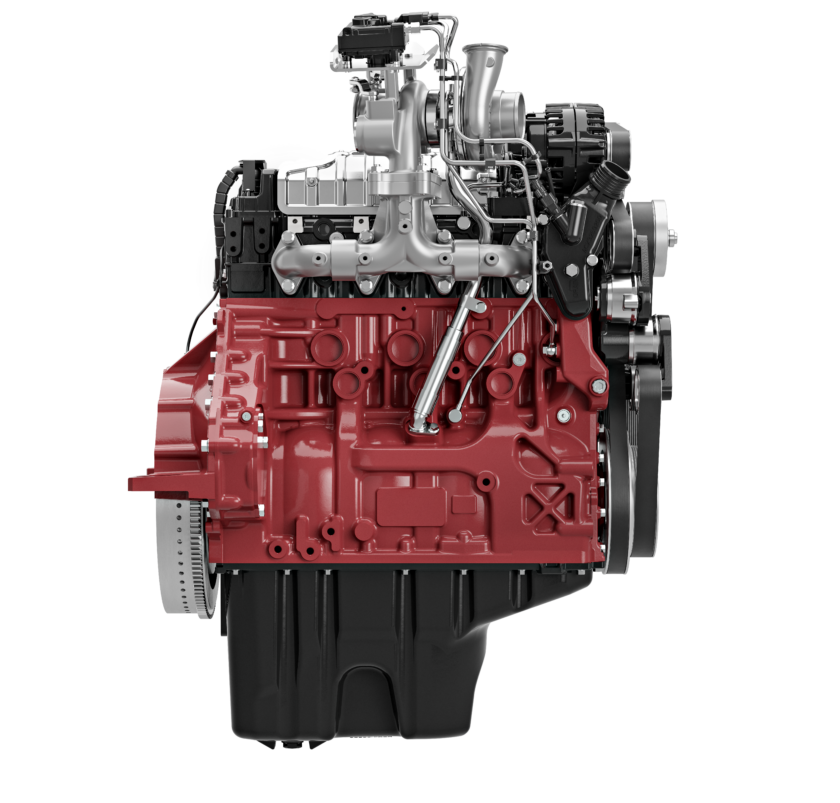
The similarities between these two engines raise questions about a potential connection, especially given their nearly identical external dimensions: both measure 922 mm in length. However, Hyundai’s “Dx5” is slightly wider at 854 mm, while its height is lower at 1,169 mm. These differences stem primarily from the turbocharging system and its positioning.
That being said, there is no suggestion that the two engines share the same block or originate from the same platform. This is because another four-cylinder engine matches their cylinder bore and stroke specifications: Kubota’s “V5009-Ti-E5.” Despite producing 157 kilowatts (213 horsepower) and 883 newton-meters of torque, the “V5009-Ti-E5” is not used in tractor applications, with Kubota instead opting for the larger “V6108” in its “M” series tractors.
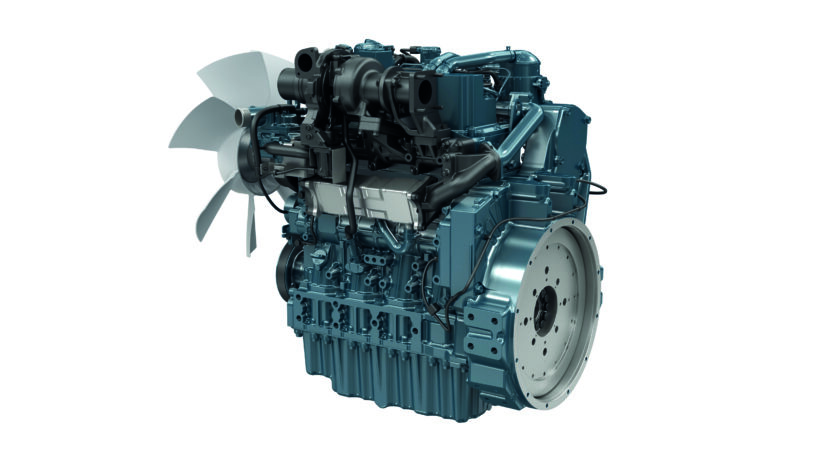
Motoring innovation
Rounding out the five-liter engine landscape, Volvo Penta’s “D5” series engines also share the same 110 mm bore as the others but have a longer stroke of 135 mm, resulting in a total displacement of 5.129 liters. The top model in this series, the “TAD583VE,” delivers 175 kilowatts (238 horsepower) between 1,800 and 2,310 rpm, with a peak torque of 950 newton-meters between 1,200 and 1,700 rpm.
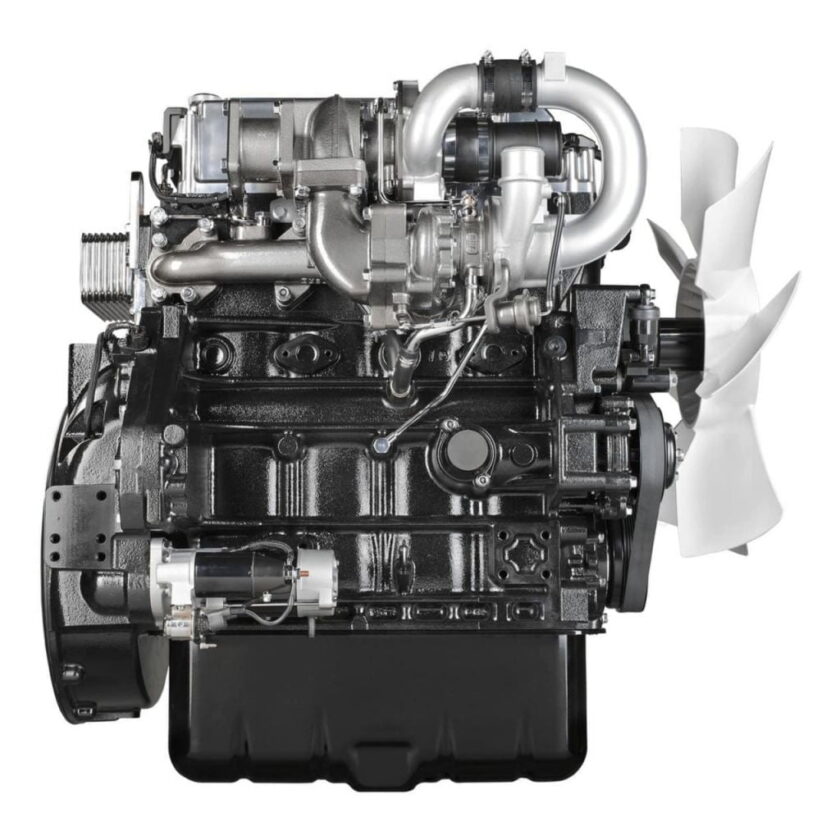
Continuously evolving agricultural sector
Alongside the “Dx5,” Hyundai Infracore has also introduced the “Dx8” engine series, which shares the same bore and stroke dimensions but adopts a six-cylinder architecture, resulting in a total displacement of 7.523 liters—comparable to Agco Power’s “Core75” engine, which was launched alongside the “Core50” in recent months.
Title: Five-litre 4 cylinder engines at the service of agriculture
Translation with ChatGPT






